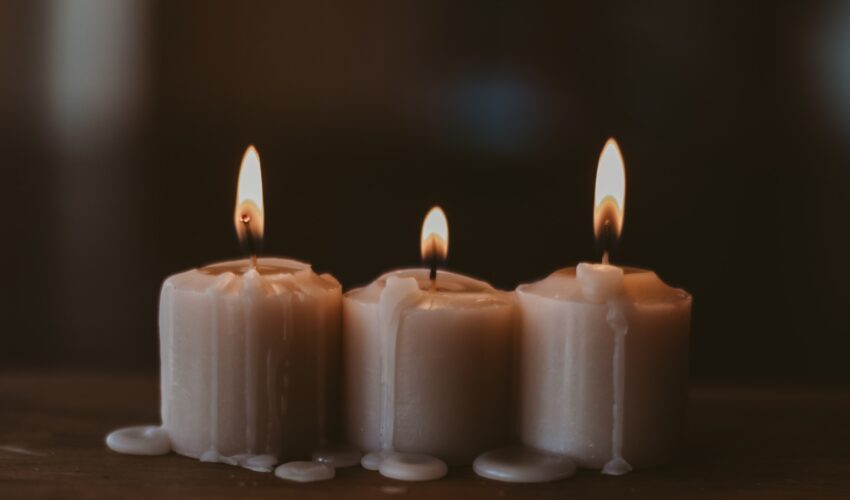As the air turns crisp and leaves change to red and gold, the allure of candles becomes undeniable. The gentle flicker of a candle’s flame, reminiscent of the warm embrace of a cozy blanket, casts an enchanting spell upon the fall season. Yet amidst this captivating ambiance lies potentially harmful issues.
The Culprit: Soot and Wax Buildup
Picture the autumnal landscape with leaves gracefully falling to the ground. In a similar manner, burning candles release miniscule particles of soot and wax that drift into the air. These particles find their way into the very heart of homes, including the air ducts and the filters designed to purify the air. Over time, this airborne debris accumulates within the ducts and coats the filters, hampering your HVAC system’s efficiency and compromising the air quality.
Indoor Air Quality at Risk
The impact of candles on indoor air quality is two-fold: the combustion of paraffin wax candles and the resultant pollutants trapped within filters. Although typically cheaper, paraffin wax, commonly used in candle production, releases chemicals such as benzene and toluene when burned. These toxins infiltrate the air, potentially leading to respiratory irritations and even more severe health issues.
When these pollutants are released, an inefficient air filter exacerbates the situation. Filters coated with soot and wax struggle to effectively capture other airborne particles like dust, pollen, and allergens. As a result, not only are chemicals present in the air, but also an array of other irritants that may exacerbate allergies and respiratory conditions.
Seeking Alternatives and Implementing Solutions
The transition from paraffin to alternatives like beeswax or soy candles can significantly mitigate these issues. Beeswax and soy candles produce less soot and fewer toxins when burned, making them safer options for indoor air quality. Candles without fragrance are known to produce less soot as well. Additionally, taking proactive measures can contribute to a healthier indoor environment:
- Adequate Ventilation: Ensure proper ventilation to minimize the buildup of airborne pollutants. Open windows and use exhaust fans to maintain a fresh flow of air.
- Frequent Filter Changes: With high candle usage, you may notice your air filters turn dark or black. Regardless of the type of candle, regular filter changes are imperative. This practice maintains optimal filtration efficiency and minimizes the accumulation of pollutants within the air ducts.
- Mindful Candle Burning: When enjoying candles, trim wicks to a quarter of an inch, limit the amount of time you leave candles burning, and avoid drafts that can lead to uneven burning and increased soot production.
- Consider Candle Alternatives: LED and other electronic candles can provide the same ambiance without releasing any particles in the air.
In Conclusion
The mesmerizing dance of candlelight should not overshadow the potential risks they pose. By opting for low-soot alternatives and adhering to good ventilation and filter maintenance practices, you can ensure that your home remains filled with the comfort of fall while safeguarding the health of your loved ones and the efficiency of your living spaces.
And if you’re interested in improving your home’s air quality, look no further than North East Air Conditioning, Heating & Plumbing. Our experienced HVAC technicians can evaluate and repair your system to ensure it’s circulating clean air throughout your home. Give us a call or visit our website today to set up an appointment.
Photo by Sixteen Miles Out on Unsplash


